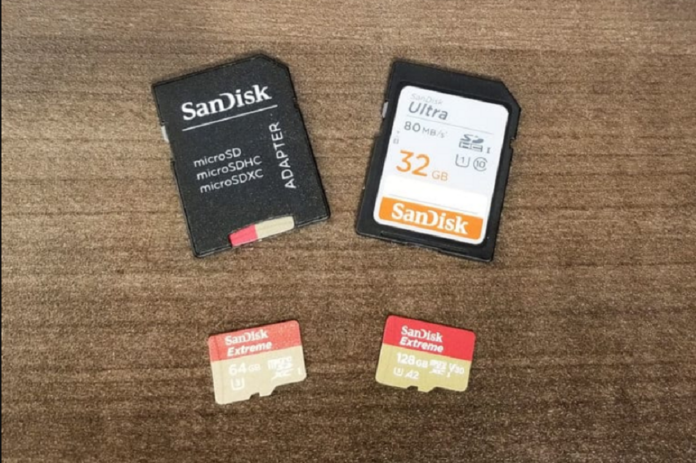Today’s world boasts of technical developments that vary from sector to sector but with admirable effects. Today’s storage, for instance, is not comparable to the past magnetic tubes and the recent magnetic tapes. Most electronics make good use of memory cards from camcorders through mobile phones to game consoles, among others; because of their compatibility, portability and less power consumption.
Like any other machine, the memory/SD cards need formatting at some point in time, either due to corrupted files or if you need an entire clean slot to work from. It is also a reliable way to keep any data you don’t use away from prying eyes; because formatting prevents anyone from recovering anything from it. The procedure will also allow you to use the card to store other files without worrying about the previous data being corrupted or lost.
Read ahead for more on how to format sd card without losing any of your current data.
Why/When to Format an SD Card?
One of the unexpected problems you are most likely to encounter when using an sd card is the inability to read or write on the card. Depending on the immediate device in use, you can get a notification like “Your directory contains corrupted files, restart the device to fix it!”
Unfortunately, the device restart notification does not fix all SD card issues. So you should format an SD card as soon as you get errors about reading or writing to it. Since they often get dusty over time, thus interfering with their data.
At long last formatting, the SD card is always the easiest, reliable and quick task for most people. But how do you format it without losing your data?
There are two main things to remember when formatting your SD card;
First, ensure that you have attached the correct device to the computer’s USB port so that you are formatting the correct one.
Second, make sure you have backed up any data on the drive before continuing with this process.
It is also the best procedure when selling the card or having a new SD card; you must always format the SD card before saving any data. The most common file systems are FAT32, ExFAT, NTFS, and HFS+. The choice of file system depends on the device you will use to save files. Windows users usually prefer using FAT32, while Mac users use HFS+. Linux distributions use Ext4.
What Happens During SD Card Formatting?
However, you have to note that if not formatted correctly, the SD card may not store any data. The most common formats supported by Windows operating system are quick format and full format.
Quick Format
The procedure lets you overwrite new files on the SD card without entirely erasing the old ones. So with the right software, you can always recover your older files.
Full Format
Here your computer will erase all files in the SD card and check for any corrupted blocks in it. It is essential to understand how formatting works to avoid errors during this process. The space on the SD card is divided into blocks. Numbers identify these blocks, and each block has a corresponding number of sectors allocated for it. When you format an SD card, it goes through a few phases in preparing these blocks for use.
The SD card formatting process is not an easy one. But with the proper knowledge and software, the task becomes less of a hassle.
Never format your memory card when it has files you want to save on it! For the best guide to formatting your SD card, always refer to DiskGenius for reliable procedures matching all computer Operating Systems.



















